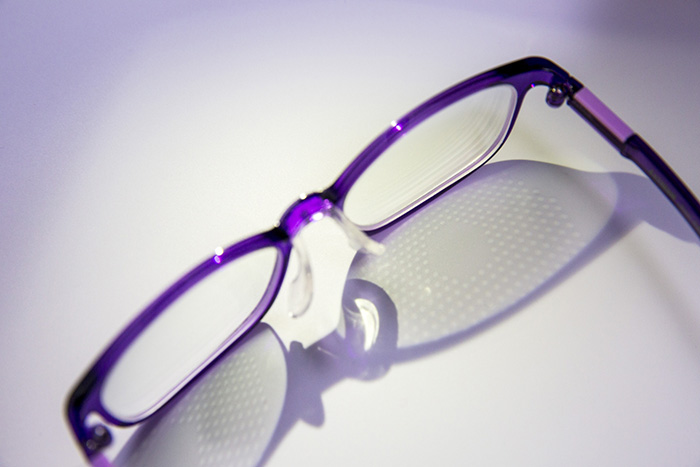

Polarization-a special filter that blocks intense reflected light.With Transitions Light Intelligent Lenses™, you get just that-lenses that adjust from clear to dark, and every shade in between. If you have a new prescription for glasses, you can simply order a replacement eyeglass lens. Adaptive Lens Technology-this feature allows eyeglass lenses to automatically adjust from clear indoors to dark outdoors. Meister Since the 1960s, the use of plastic as a spectacle lens material has increased dramatically.Xperio UV lenses, Transitions ® lenses, and Crizal lenses offer protection for your best vision under the sun. UVA and UVB blocking-can help protect your eyes from the sun's damaging ultraviolet rays.Crizal ® lenses and Xperio UV™ lenses provide this feature by reducing the effects of glare, as well as protecting against scratches and smudges. Anti-reflective coatings also help lenses look nearly invisible, reducing distraction and improving eye contact. Anti-reflective coating-reduces reflections, allowing more light to pass through your lenses for better clarity, especially at night.In fact, around the world, specs are the most widely-used aid to correct vision problems like myopia. Like many primary school students in Singapore, your child may be wearing spectacles. Yet it is the accuracy of the prescription and the precision of the finished lenses that enables us all to. A cylindrical lens is the most common way to correct astigmatism. There are many different types of lenses to meet different needs. Spectacle lenses at Pullen & Symes opticians. Cylindrical lenses-designed for astigmatisms, or when the cornea of the eye is oval, rather than round.

The lens shape is convex (thicker in the middle, thinner at the edge) to bend rays inwards. In recent years there have been major developments in spectacle lens technology, all designed to improve your vision and to make your spectacles more.
#Spectacle lenses plus
Plus lenses-used to treat far-sightedness, or hyperopia.The lens shape is concave (thicker at the edge, thinner in the middle) to bend rays outwards. Concave lenses-used to treat near-sightedness, or myopia.Progressive lenses-correct more than one vision condition, with the focal power “progressing” from top to bottom without a visible line separating them.Single vision lenses-made for one, consistent focal power to correct a single vision condition. It can then be inconvenient to be always taking spectacles on and off which is where a multifocal lens is useful.Does the wearer need them to see far away or up close? Are we correcting a vision problem, such as astigmatism? Here are just some of the lens designs to meet those vision needs. After materials, our lens makers consider the design and function for every type of eyeglass lens.


 0 kommentar(er)
0 kommentar(er)
